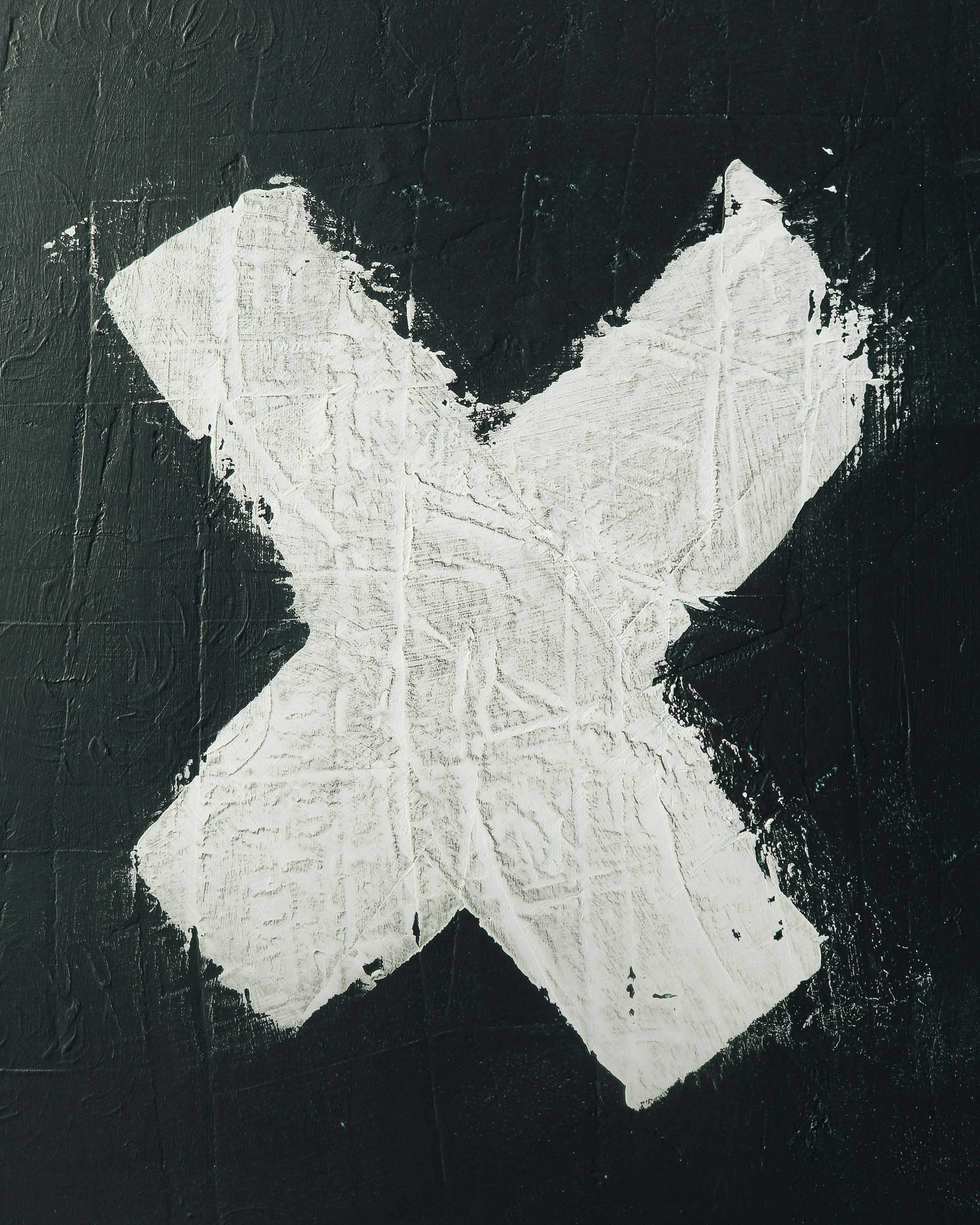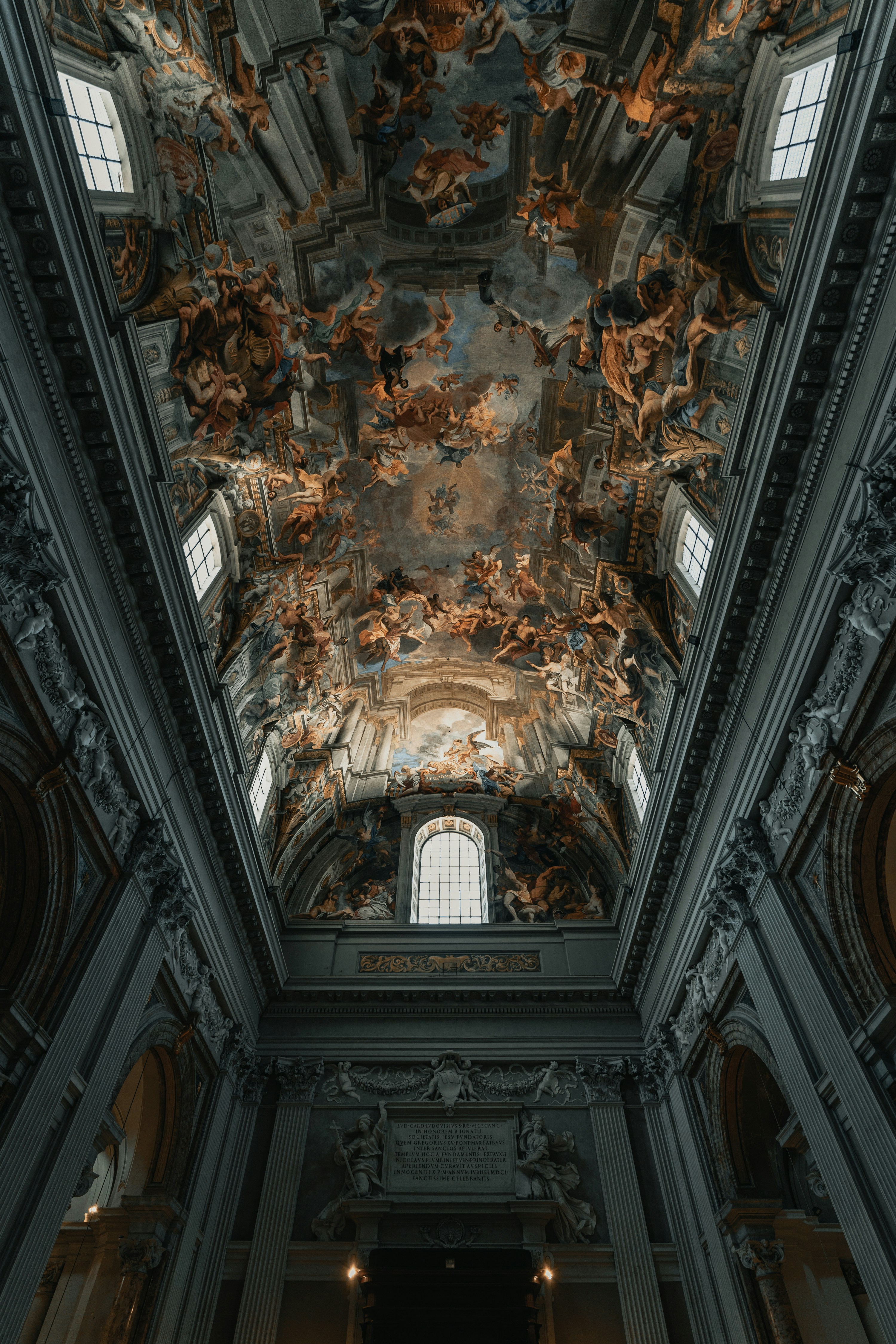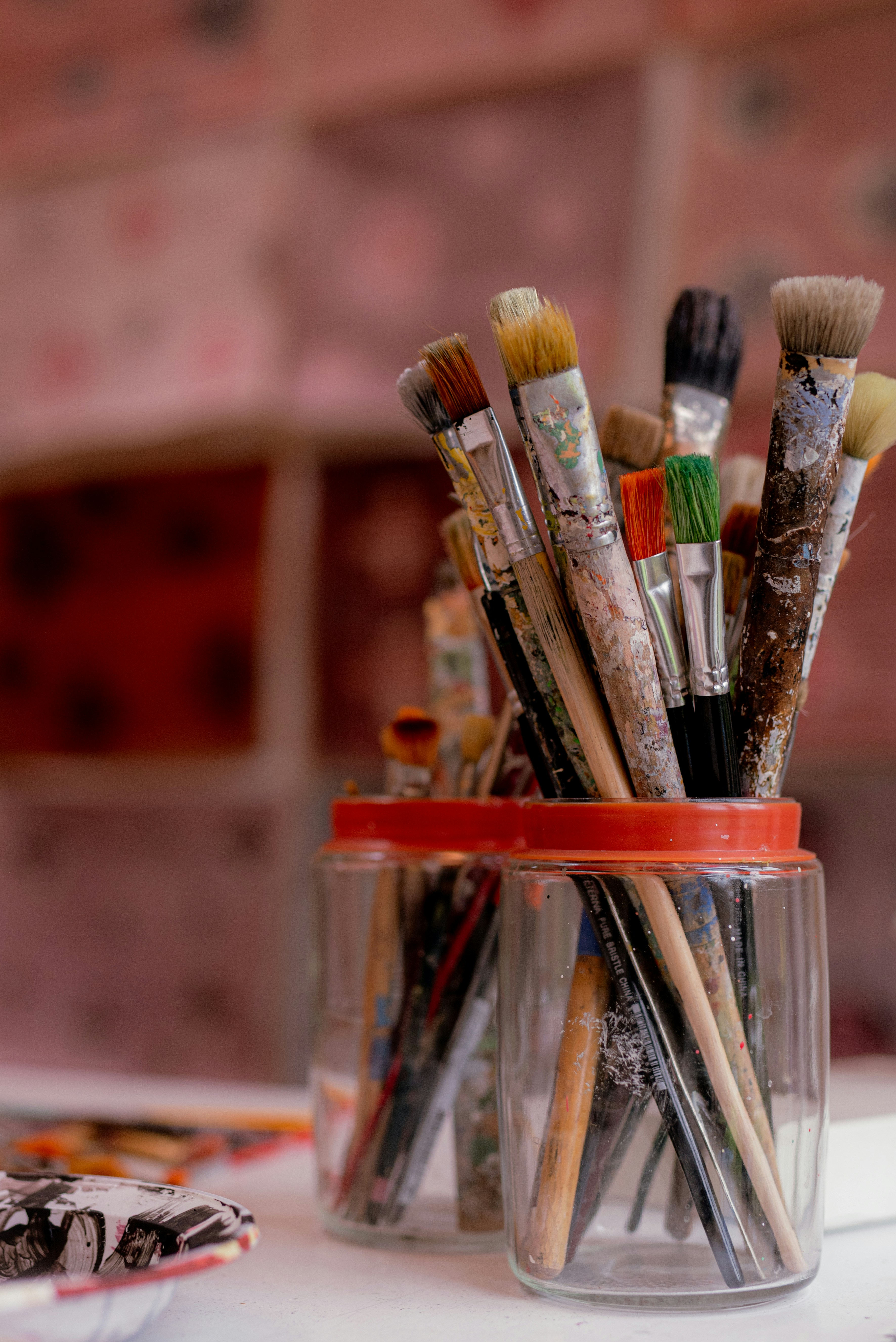The Ultimate Guide to Paint Brushes: Types and Their Specialized Uses
February 23, 2025 | by robert@mybrushlife.com
 Photo by Jen Theodore on Unsplash
Photo by Jen Theodore on Unsplash Understanding Different Types of Paint Brushes
Paint brushes are essential tools for any artist, and understanding the various types available can significantly influence the outcome of a project. Brushes can be broadly categorized based on their bristle materials, shapes, and sizes. The two primary types of bristles are natural and synthetic, each with its own set of advantages and disadvantages.
Natural bristle brushes are made from animal hair, with variations including sable, hog, and mongoose. These brushes tend to have excellent paint-holding capacity, which is particularly beneficial for techniques that require smooth application, such as watercolor and oil painting. However, natural bristles can be more expensive and may not hold up as well when used with water-based paints. Additionally, they require proper care to maintain their shape and longevity.
On the other hand, synthetic brushes, made from nylon or polyester fibers, offer an affordable and versatile alternative. They are resilient and easy to clean, especially when used with acrylics or other water-based mediums. While some artists perceive synthetics as less capable of achieving the fine details that natural brushes provide, advances in manufacturing have led to synthetic options that closely mimic the behavior of their natural counterparts.
In addition to bristle materials, paint brushes come in various shapes: flat, round, filbert, and angle brushes. Flat brushes are ideal for broader strokes and coverage, while round brushes are perfect for detail work and delicate lines. Filbert brushes combine the characteristics of flat and round brushes, making them suitable for various techniques, including blending. Angle brushes are designed for precise edge work and can help create unique effects. Understanding these distinctions across different brush types is crucial for selecting the right tool for artistic endeavors.
Specialized Uses of Paint Brushes
Paint brushes come in various shapes, sizes, and materials, each designed to serve specific purposes across diverse artistic mediums. Understanding the specialized uses of paint brushes can significantly enhance the quality and intricacy of any project, whether it involves watercolor, oil, acrylic, or crafting techniques. For instance, watercolor artists often utilize round brushes for their versatility in creating fine lines and broad washes. The delicate nature of these brushes allows for soft blending and layering, essential for achieving the transparent effects characteristic of watercolor paintings.
In contrast, oil painting typically requires sturdier brushes, such as filbert and flat styles. These brushes are adept at handling the thicker consistency of oil paints and are pivotal for techniques such as scumbling and glazing. A filbert brush, with its oval shape, is excellent for blending colors and creating soft edges, while a flat brush can produce sharp lines and strong strokes, adding to the depth of an oil canvas.
Acrylic painting benefits from a range of brushes as well, including fan brushes that are useful for creating textures and foliage effects. Artists may opt for synthetic brushes tailored for acrylics due to their durability and ability to hold up against the fast-drying nature of the medium. When handling more intricate crafts, such as model painting or detail work, detail brushes become indispensable, allowing for precision in small areas.
Proper brush care is essential for maintaining the effectiveness of any paint brush. Cleaning brushes immediately after use and storing them upright can prevent damage to the bristles. For those embarking on a new artistic journey, selecting the right brush based on the medium and understanding its specialized capabilities can greatly influence the final outcome. Ultimately, the right paint brush not only shapes the technique but also transforms the overall artistic expression.
RELATED POSTS
View all

